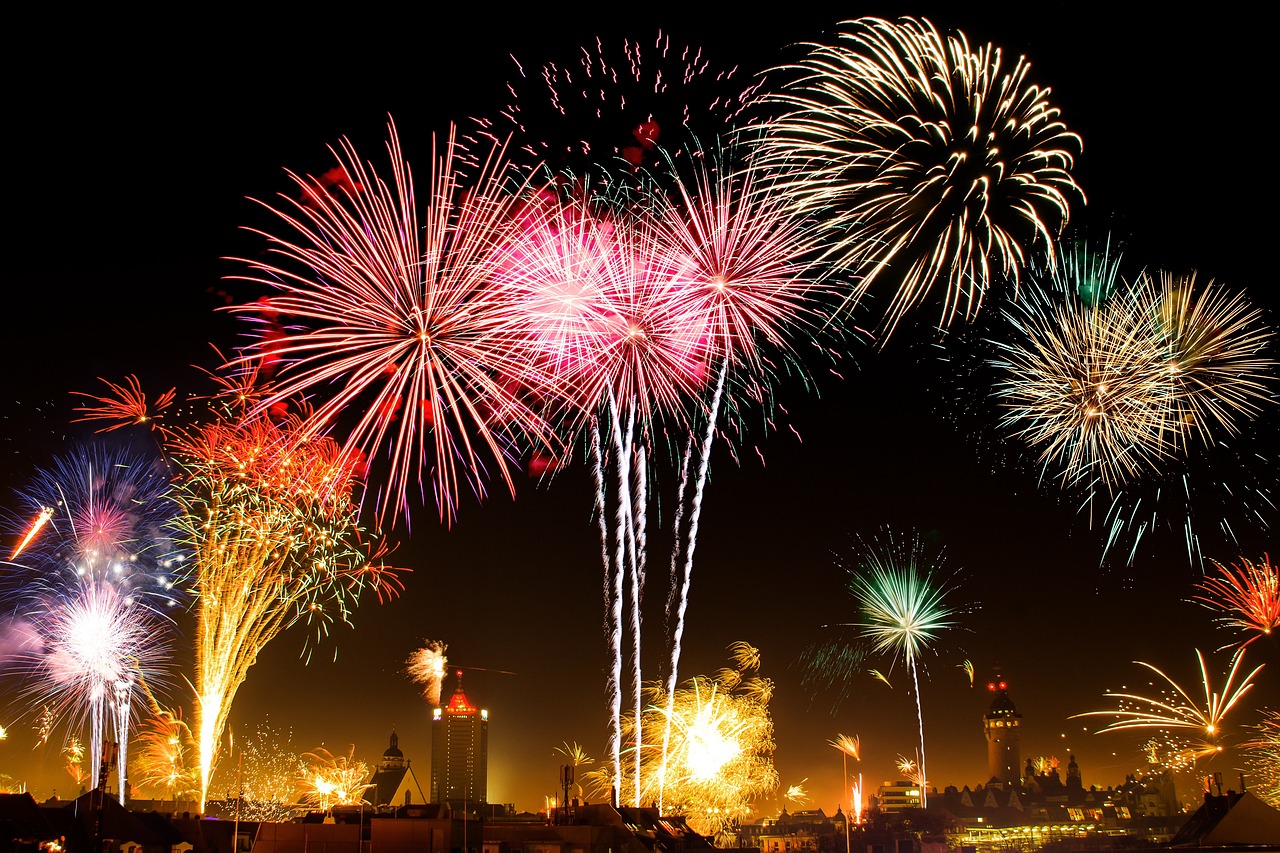THE CALL
British efforts to colonization America began in the late 16th century with initial failed attempts by England to establish permanent colonies in the North. The first of the permanent English colonies in the Americas was established in Jamestown, Virginia, in 1607
England captured the Dutch colony of New Netherland in the Anglo-Dutch Wars of the mid-17th century, leaving North America divided amongst the English, Spanish, and French empires. After decades of warring with France, Britain took control of the French colony of Canada and France’s territory east of the Mississippi River, as well as several Caribbean territories,
After succeeding his brother in 1685, King James II and his lieutenant, Edmund Andros, sought to assert the crown’s authority over colonial affairs. Even those colonies that retained their charters or proprietors were forced to assent to much greater royal control than had existed before the 1690s. With population growth and flourishing farms, by 1770, the economic output of the thirteen Colonies made up forty percent of the gross domestic product of the British Empire.
In the early 1770’s American colonists became more and more convinced that that the British Parliament intended to take away their freedom. They saw patterns of increased oppression, corruption, and taxation without representation. Britain began to prepare for war in early 1775 and the fighting began in April in Massachusetts.
With increased hostilities, on June 17th, the Revolution’s first battle inflicted heavy casualties on the British regiment of General William Howe at Breed’s Hill in Boston. The engagement, known as the battle of Bunker Hill, ended the British victory, but created encouragement of the revolutionary cause.
Strict rules of secrecy were put in place by the colonist-elected delegates attending the Continental Congress to protect American liberty and their own lives. On June 7, 1776, with the Revolutionary War in full swing, a resolution was introduced to announce the reasons for independence. Thomas Jefferson, a talented political writer, penned the first draft. On July 2, 1776, Congress voted to declare independence and two days later, on July 4th, it was ratified. Resting on the natural rights of mankind and the law of contract, Congress sought to prove that George III had grossly violated the compact and invoked the right of revolution. Battles continued.
The British removal of troops from Charleston and Savannah in late 1782 finally pointed to the end of the conflict. British and American negotiators in Paris signed preliminary peace terms in Paris late that November, and on September 3, 1783, Great Britain formally recognized the independence of the United States in the Treaty of Paris.
THE STAR-SPANGLED BANNER
The lyrics to this song were written by Francis Scott Key, a lawyer and poet, who witnessed the British attack on Fort McHenry, Baltimore Harbor in 1814. Key was inspired by the US victory and the sight of the US flag flying triumphantly above the fort after a borage of bomb shells and rockets through the night.
Key gave the poem to his brother-in-law Joseph H. Nicholson who noticed that the words fit the popular melody “The Anacreontic Song”, by English composer John Stafford Smith. Nicholson took the poem to a printer in Baltimore, who anonymously made the first known broadside printing on September 17. Originally titled “Defense of Fort McHenry,” the song increased in popularity with its first public appearance at the Captain McCauley’s Tavern.
The song gained popularity throughout the 19th century with bands playing it during public events, such as Independence Day celebrations. In 1930, Veterans of Foreign Wars started a petition for the United States to officially recognize “The Star Spangled Banner” as the national anthem. The House of Representatives passed a bill 1n 1930. The Senate passed the bill on March 3, 1931, and President, Herbert Hoover, officially signed and adopted it on March 4, 1931.
With four verses total, the second through fourth are not commonly performed. The 200th anniversary of the “Star-Spangled Banner” occurred in 2014 with various special events occurring throughout the United States
STATUE OF LIBERTY
As an ardent supporter of America, Frenchman Edouard de Laboulaye proposed in 1865, the idea of a monumental gift to the people of the United States. He wished to commemorate the centennial of America’s independence, to celebrate the close relationship between France and America, and to acknowledge the recent abolition of slavery. The latter furthering America’s ideals of liberty and freedom.
The French played a key role in the America’s success in defeating the British in the Revolutionary War. At the close of the war, a French fleet of 36 warships prevented British reinforcement or evacuation. Trapped and overpowered, Cornwallis of the British fleet, was forced to surrender his entire army on October 19, 1781.
Lady Liberty, the iconic copper structure was completed in France by sculptor Frederic-Auguste Bartholdi with the help of Alexandre Gustave Eiffel for structural integrity. The Liberty Enlightening the World, as originally known, was shipped in 350 pieces, contained in 214 crates and arrived in New York Harbor on June 17th, 1885. The concrete pedestal was completed in April of 1886 by Americans and the Statue erection completed by the French on October 28, 1886.
Symbols involved in the design:
Crown – represents light with its spikes evoking sun rays extending to the world
Tablet – inscribed with July 4, 1776 in Roman numeral, notes America’s independence
Shackle – the broken foot shackle symbolizes the end of slavery and overcoming bondage
Torch – signifies enlightenment spreading freedom and democracy to the world
The statue of Liberty has become a symbol of democracy over strife, as it has greeted multitudes of immigrants who have sailed passed her on their way to Ellis Island and the America’s. Lady Liberty provides inspiration and the hope of freedom to build a better life.
References:
https://www.archives.gov/founding-docs/declaration/how-did-it-happen
https://www.britannica.com/topic/American-colonies/Yorktown
https://en.wikipedia.org/wiki/The_Star-Spangled_Banner
https://en.wikipedia.org/wiki/British_colonization_of_the_Americas


